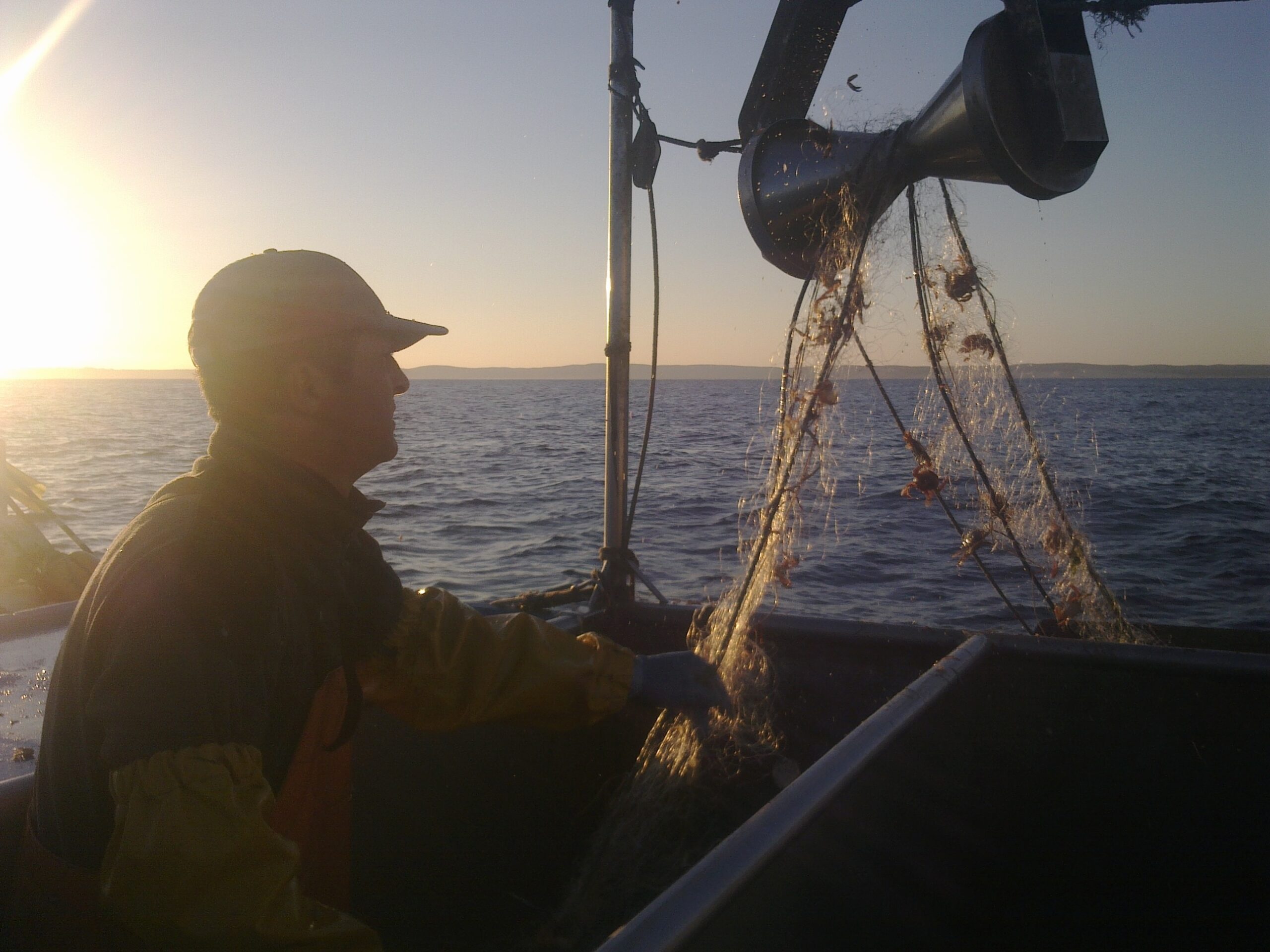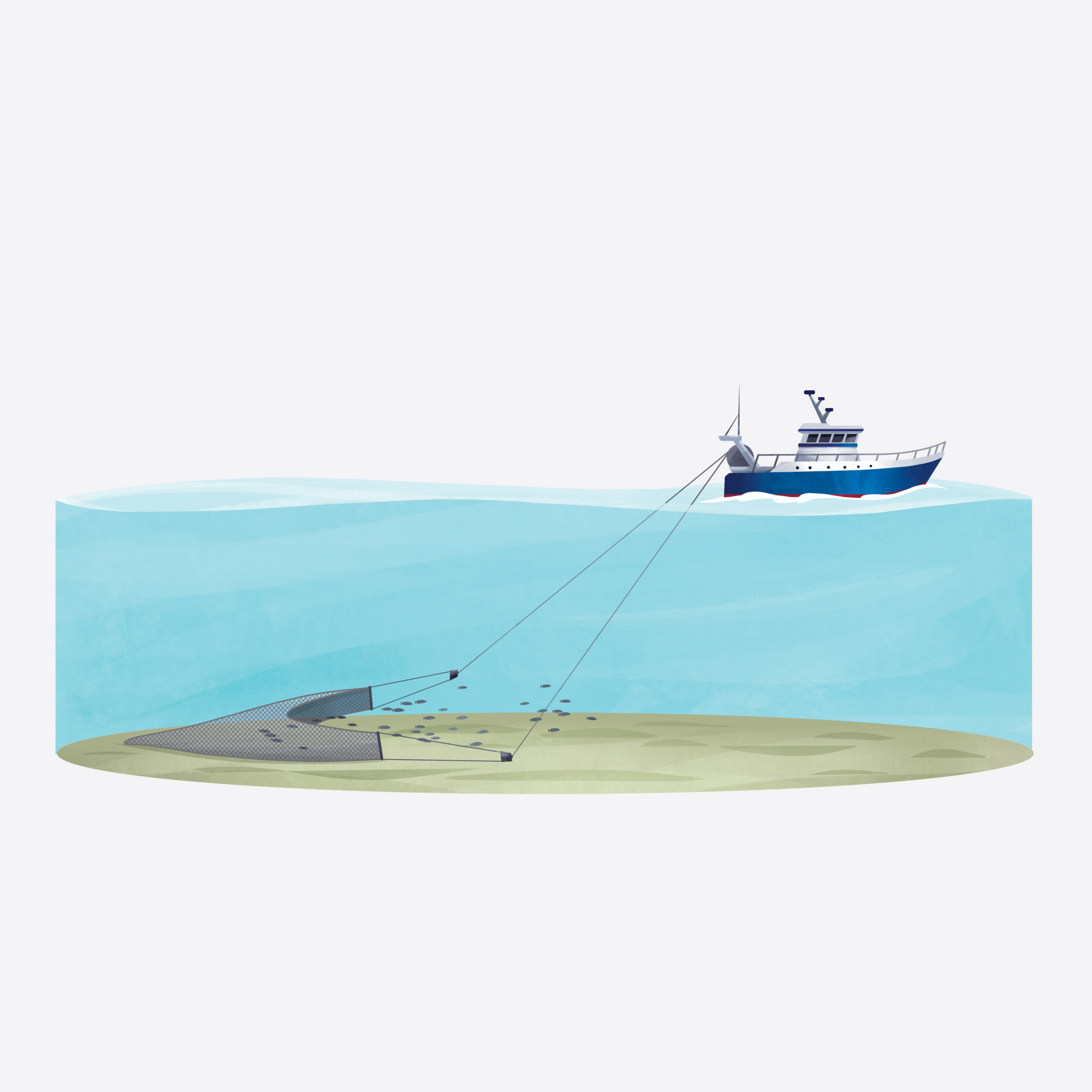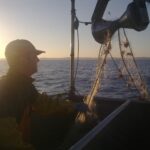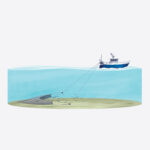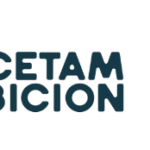Adaptation of practices, example to reduce cetacean bycatches
Fishing practices can influence the accidental capture of marine mammals. Thus, some fleets, by improving their knowledge of the context of their interactions with cetaceans, have been able to adapt their practices and reduce their impact on dolphin populations.
Nevertheless, the effectiveness of these measures depends objectively on the fleets, the initial fishing practices, the species caught accidentally and the marine environment in which the fleets operate.
Time reduction of fishing effort
The length of time the fishing gear is immersed in the water affects its ability to catch target species and therefore unwanted species. Thus, by decreasing the immersion time of the gear in the water, the rate of bycatch could also be reduced. However, this would require a prior assessment of the effect on the yield of target species for this solution to be viable.
Depth of immersion of the fishing gear
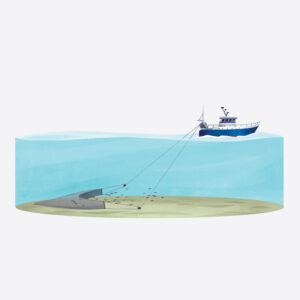
The depth of immersion of the fishing gear has an impact on the target species but also on the species incidentally caught. A 2010 study in Galicia found that bycatch of common dolphins (Delphinus delphis) could be greatly reduced if pair trawlers targeting blue whiting (Micromesistius poutassou) only operated in waters deeper than 250m. Nevertheless, the impact of these practices on the yield of the target species needs to be assessed.
Fishing by day or night
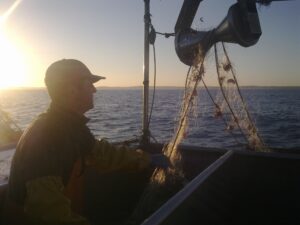
The fishing period (day or night) can have an impact on the bycatch rate due to the activity of marine mammals and the visibility of nets.
Some countries have adopted regulations in this sense, as is the case in the United States as part of the bottlenose dolphin catch reduction plan. Gillnets (depending on the mesh size) are thus not authorised to be set at night in certain areas and at certain times of the year.
Similarly, in the French Southern Antarctic Territories (TAAF), longliners must set their lines at night to avoid seabird by-catches and orca depredation.

This sheet is proposed in the framework of the Cetambicion project. (https://www.cetambicion-project.eu/)
Crédit photo : Romain Hubert / Office Français de la Biodiversité
Crédit illustration : Camille Dégardin / Office Français de la Biodiversité

